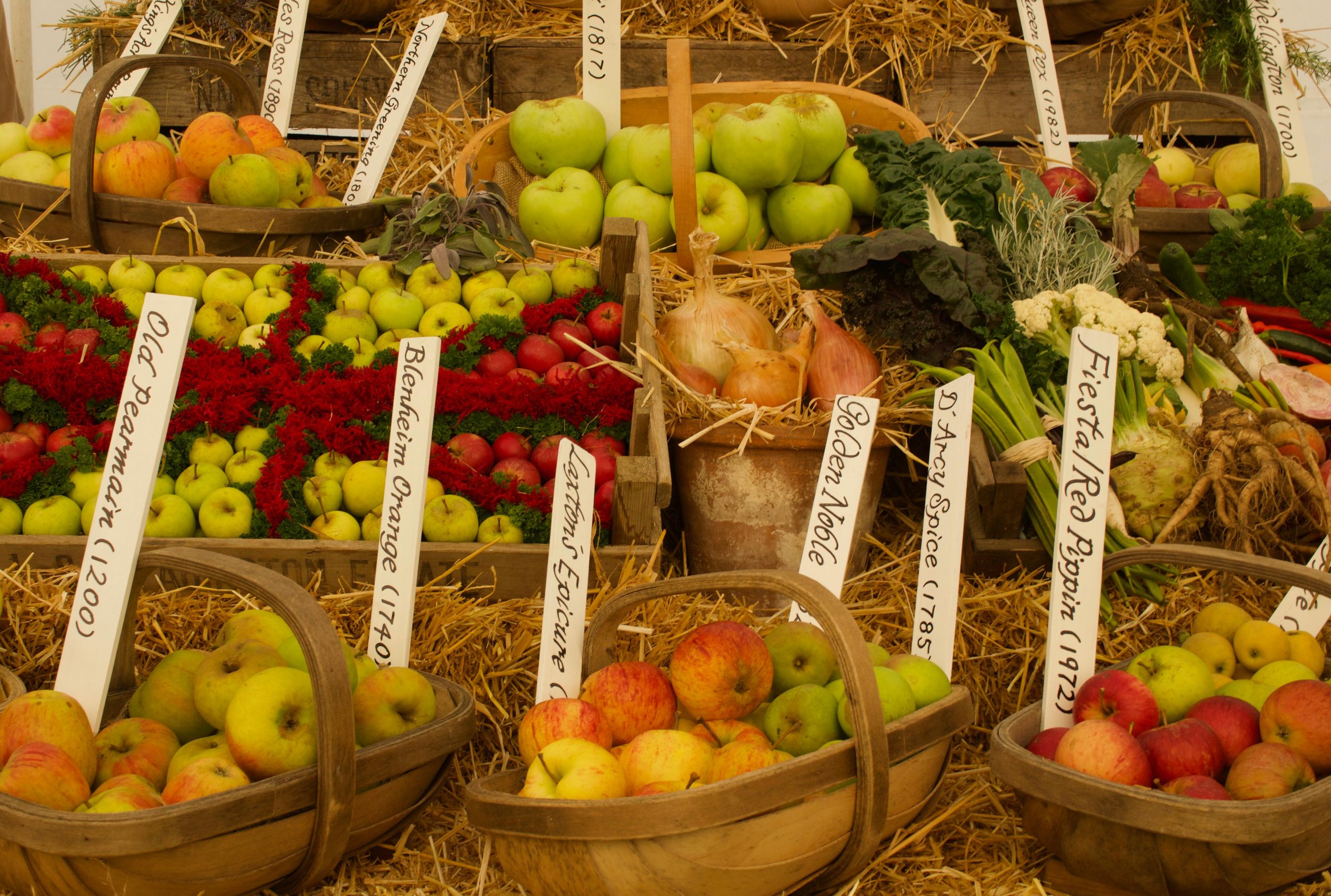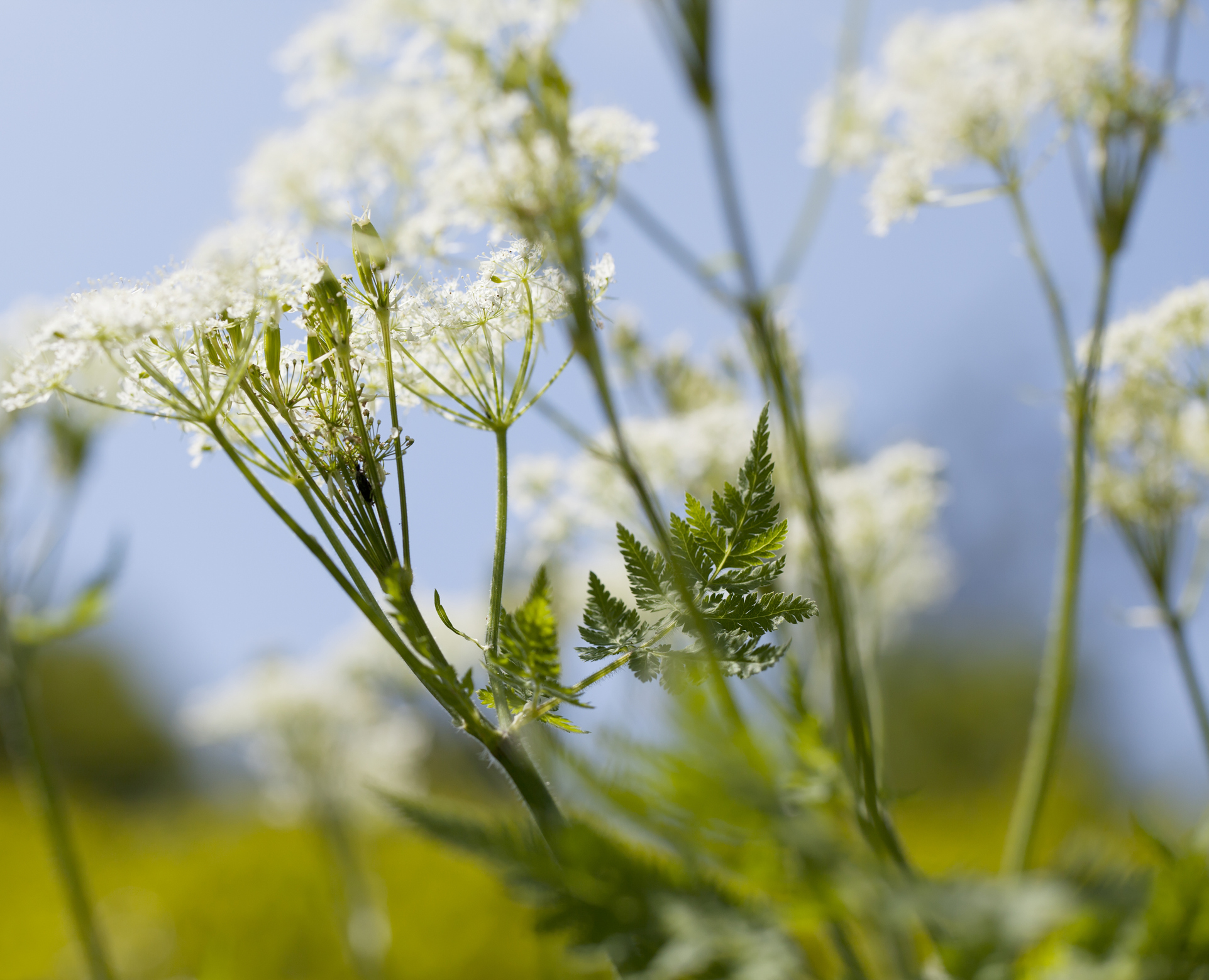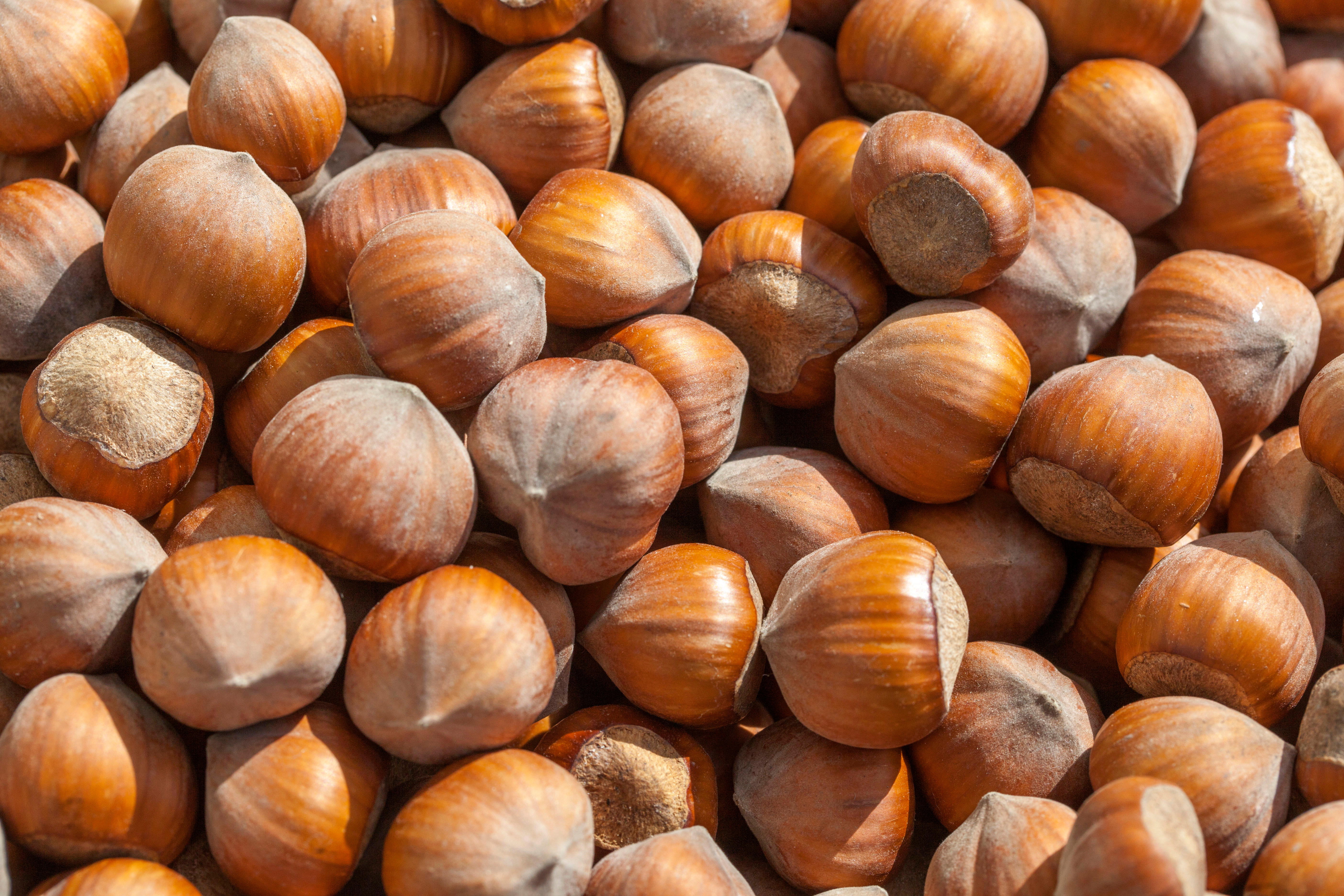There are 7,000 varieties of apple out there — and you've probably tasted less than a dozen. Here's how to put that right.
Our grow-your-own expert columnist Mark Diacono shares his advice on how to branch out in to the wonderful world of apple varieties.


As familiar as apples may be, most of us have only tasted a minuscule sliver of the 7,000-plus varieties available. If you grow your own, you open the door to a world of flavour and texture far superior to those in the shops. Choosing from such a huge range is tricky, so it’s worth envisaging a Venn diagram of parameters that are important to you.
Flavour and texture ought to be uppermost. Take recommendations from people you trust; better still, try the fruit if you can. My favourite eating apples include ‘Orleans Reinette’, ‘Beauty of Bath’, ‘Blenheim Orange’, ‘Ashmead’s Kernel’ and ‘Cox’s Orange Pippin’. ‘Bramley’ and ‘Annie Elizabeth’ are superb cooking apples and ‘Veitch’s Perfection’ is the perfect cooking and eating apple.
Consider whether you want a long, steady supply of apples, a glut, or somewhere in between. The earliest varieties, such as ‘Beauty of Bath’, can be eaten in late July, are best straight from the tree and don’t store well. Others may need a period of storage to reach their best and — as with ‘Orleans Reinette’ — might not be ready to eat until the new year. A dry, cool place such as a garage is ideal for storage: lay dry, undamaged fruit in a single layer not touching each other.

Pollination compatibility is central. Most apples require a pollinating partner from the same or neighbouring pollination group. To give an example, an apple from group four can be pollinated by a variety from group three, four or five. If you have room for only one apple, choose one of the few self-pollinating varieties, such as ‘Cox’s Orange Pippin’.
Having designed and planted a few orchards around the country, it is remarkable how varieties that were developed locally tend to thrive almost without exception. Talk to a nursery local to you, and/or research, for an idea of varieties from your area.
Disease resistance is certainly a factor to consider, but don’t let it trump all else — no one wants a skipful of bland, perfect apples.
Once you have chosen your varieties, think about rootstocks. Apples don’t come true from seed: the resulting child may display any of the vast genetic material represented in the diversity of its gene pool. For this reason, a young length of growth from your chosen variety is grafted to a suitable rootstock and will grow into a tree of the same variety as its parent. Rootstocks also allow the grower to control the eventual size the tree will reach and the speed with which it achieves it , as well as helping to overcome local soil conditions. Of the numerous options, the commonest include M27 for a dwarfing tree, MM106 for a medium-sized tree of 9ft or so and M25 for a full standard tree. Spacing depends on rootstock and the form of the tree; your nursery should be able to advise.
Exquisite houses, the beauty of Nature, and how to get the most from your life, straight to your inbox.
Apples are easy to grow as free-standing trees or trained as stopovers, cordons, espaliers and more, with options for even the smallest of spaces. Whatever their form, plant them in a hole at least twice the size of the rootball, ensuring the sides and base are cut into and formed to avoid creating a basin for water to collect in. Stake well and low (to allow the trunk to flex), mulch at least 2ft around the base, water through dry periods when establishing and feed every spring with well-rotted manure or similar.

Formative pruning — where the overall shape is encouraged — varies depending on whether you’d prefer a bush, standard or another; the RHS website has an excellent guide on this. Once established, pruning helps ensure an open, productive tree. I take a two-step approach every year.
The first phase should remove diseased, dead and damaged wood and declutter congested areas — often towards the centre — that steal light from developing fruit, restrict airflow and cause branches to rub against each other, inviting disease to take hold. Prune flush with the trunk or main branch — or leave a short stub if the cut is large to minimise the chance of disease infecting the wound.
The second phase of pruning depends on whether your tree produces fruit on spurs (short stubby branches) or the tips of shoots. Most varieties bear fruit in clusters on spurs. For these varieties, prune each lateral, removing one-third, and each sublateral to leave five buds on each; this encourages more fruiting buds and spurs to develop.
Tip bearers develop fruit on the ends of last year’s growth, rather than along their length. For these, take out a quarter of the oldest branches each year, in so doing renewing the productive growth from the main branches every four years. If there are summer-pruning options, I prefer to keep things simple by pruning when the tree is dormant between late November and early March.
Take care when harvesting as it’s easy to damage the tree and impair next year’s crop: any resistance and the fruit is telling you it needs longer on the tree.
Mark Diacono grows edibles, both usual and unusual, at Otter Farm in Devon (www.otterfarm.co.uk). His book Spice: A Cook’s Companion (£25, Quadrille) is out now

Credit: Getty
How to store apples
Once you know how best to store them, almost any kind of apple will keep for months. Arabella Youens recommends

Sweet cicely: A delightful plant with a scent that's 'a gorgeous coming together of fennel, liquorice and star anise'
Mark Diacono on how — and why — to grow sweet cicely.

Mark Diacono: How to grow your own hazelnuts (and why you'll find it rather easy)
Our resident grow-your-own expert Mark Diacono gives his tips on the surprisingly easy hazelnut.

How to grow your own pears (spoiler alert: it's not easy)
Mark Diacono shares his advice on one of the trickier fruit trees to get right: the pear tree.

How (and why) to grow walnuts in your garden
From making a delicious aperitif to enjoying the citrusy scent of their leaves, there are plenty of reasons to plant
Mark is lucky enough to spend most of his time eating, growing, writing and talking about food. He has written fourteen award-winning books, including A Year at Otter Farm and A Taste of the Unexpected (both won Food Book of the Year, and Garden Book of the Year). Known for growing everything from Szechuan pepper to pecans to Asian pears, Mark's refreshing approach to growing and eating has done much to inspire a new generation to grow some of what they eat. He was involved in the early days of River Cottage, appearing in the TV series, and writing four River Cottage books. Mark writes to a global audience on his best-selling Substack: Mark Diacono’s Abundance.
